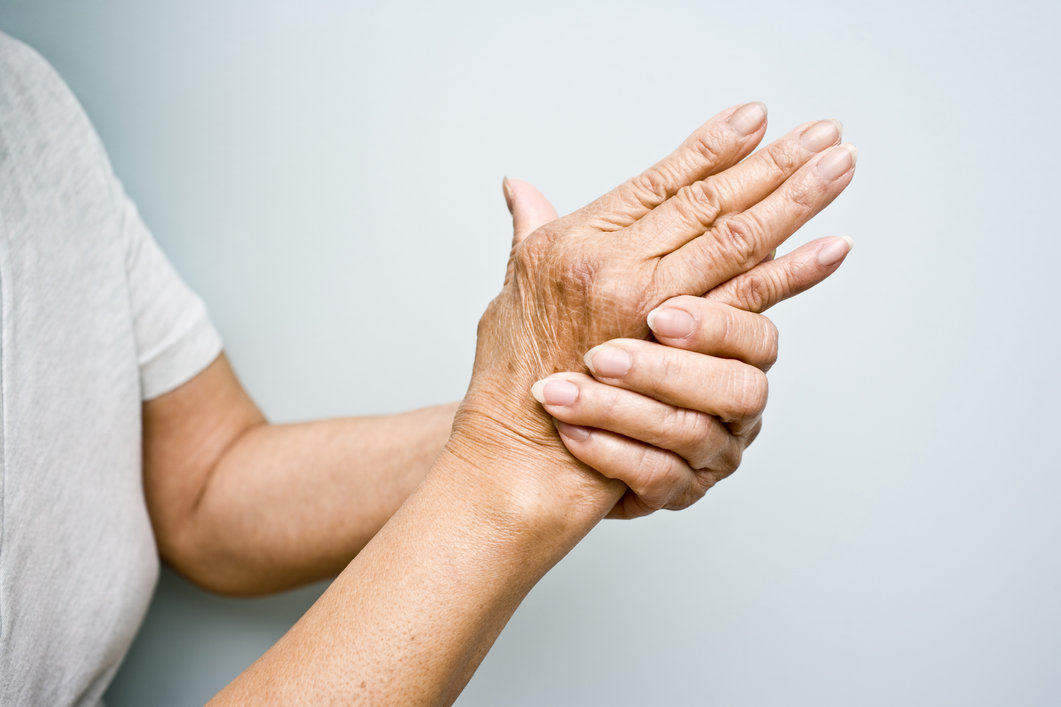Mr Simon Owen-Johnstone
Surgeon
Specialist expertise: Shoulder, Elbow and Hand Conditions, Orthopaedics, Orthopaedics, Sports Injuries, Shoulder & Elbow, Arthritis, Hand and Wrist Surgery, Carpal Tunnel, Elbow Surgery, Shoulder and Elbow Surgery, Frozen Shoulder.

